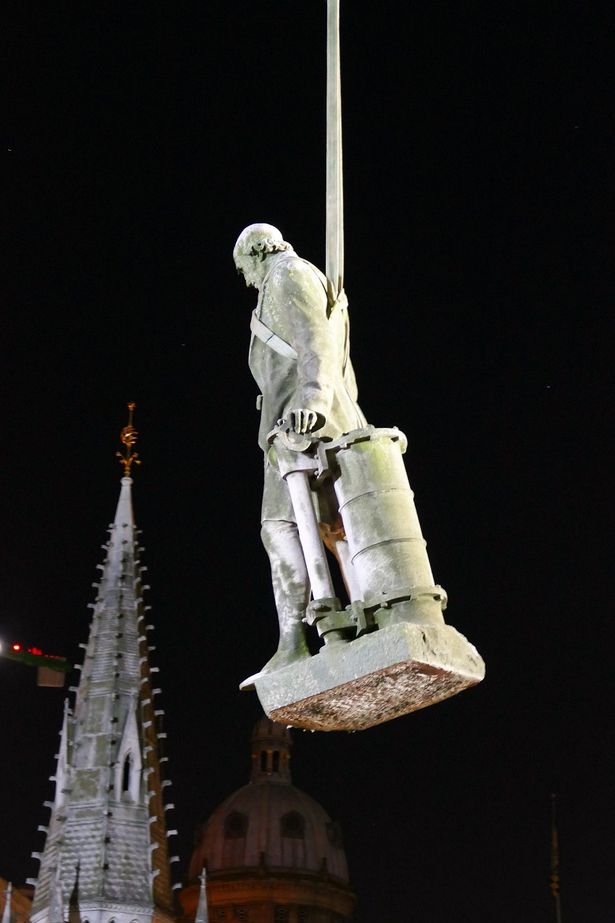In 1897 the United States Post Office started to install pneumatic tubes in a
number of metropolitan areas in order to expedite the delivery of the mail.
By 1898 the tubes were in operation.
Robin Pogrebin, in an article in the New York Times on May 7, 2001, wrote a
fascinating piece on the history of the pneumatic tube mail system. In the article
he highlighted some of the features of the system. The system was thoroughly
modern, some might even say high-tech. It was like a subterranean internet for
priority and first-class mail powered by air pressure. Pneumatic tubes similar to
these are still used in some banks, and other specialty areas. I even saw some at
Home Depot not too long ago.
The mail tubes were installed in the cities of Boston, Philadelphia, Chicago, St.
Louis, and New York. In Manhattan, they extended about 27 miles, from the old
Custom House in Battery Park to Harlem and back through Times Square, Grand
Central Terminal and the main post office near Pennsylvania Station. In the
picture above at the at the City Hall station, the mail also went in a pneumatic tube
over the Brooklyn Bridge to the general post office in Brooklyn.
The system used pressurized air to move a mail canister through an underground
eight-inch cast-iron pipe. In New York City, two pipes were used along each
route, one for sending, the other for receiving. The pipes were buried 4 to 12 feet
underground, though in some places the tubes were placed within subway tunnels.
Improvements in the speed of the motor-wagon and its successor, the automobile,
signaled the end of the pneumatic tube. However, the tube system remained in
operation in New York City until December 1, 1953.
 |
Artist's impression of a Hyperloop capsule: Air Compressor on the front, passenger compartment in the middle,
battery compartment at the back and air bearing skis at the bottom. |
The modern day equivalent to the pneumatic air tube of the postal service
of the late 19th century might arguably be the hyperloop (see the
illustration above), a conceptual high-speed transportation system proposed
by Elon Musk in 2013 as a means of efficiently transporting people and
goods quickly over large distances. The Hyperloop would incorporate
reduced pressure tubes in which pressurized capsules would ride on an air
cushion driven by linear induction motors and air compressors.
While the hyperloop has been roundly criticized as a "pipe dream."
Some elements in the Musk conception of the technology to realize the
hyperloop would utilize newer technological components such as a linear
induction motor, history shows us that the general concept is far from new,
and far from impractical.




















.jpg)
.jpg)
.jpg)
.jpg)
.jpg)